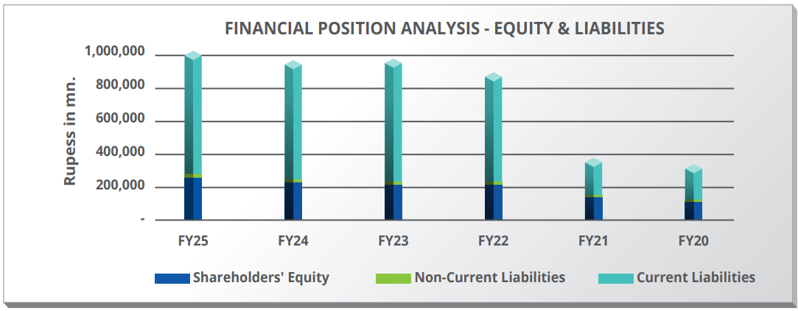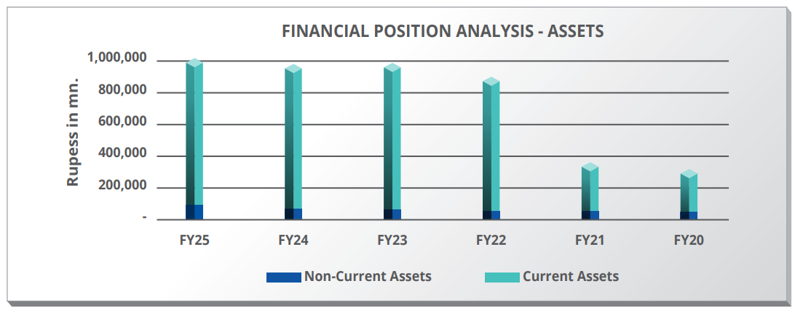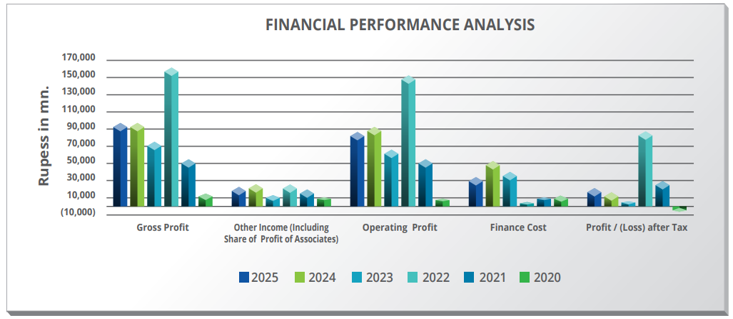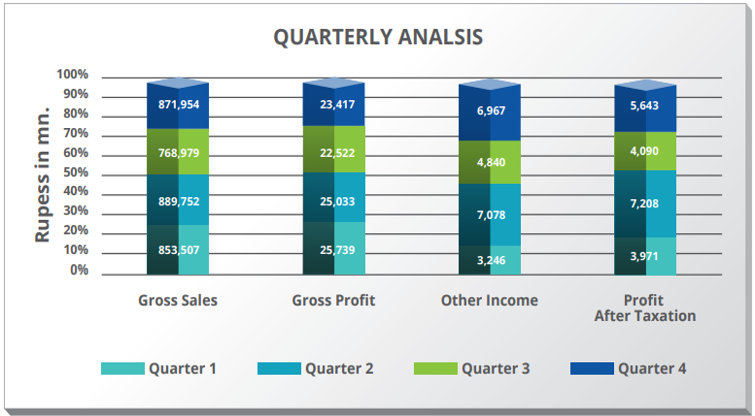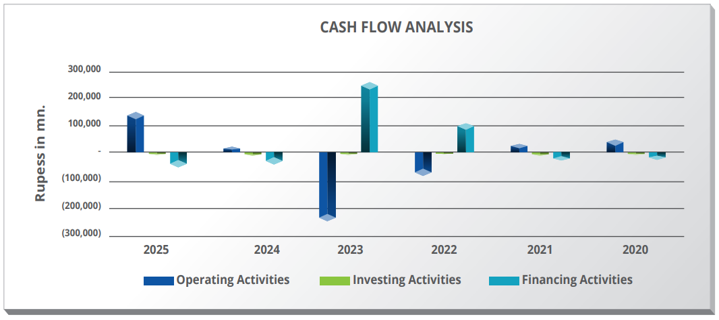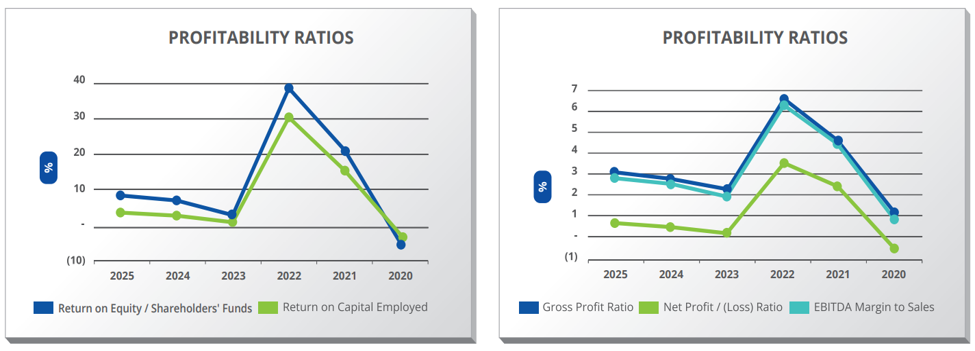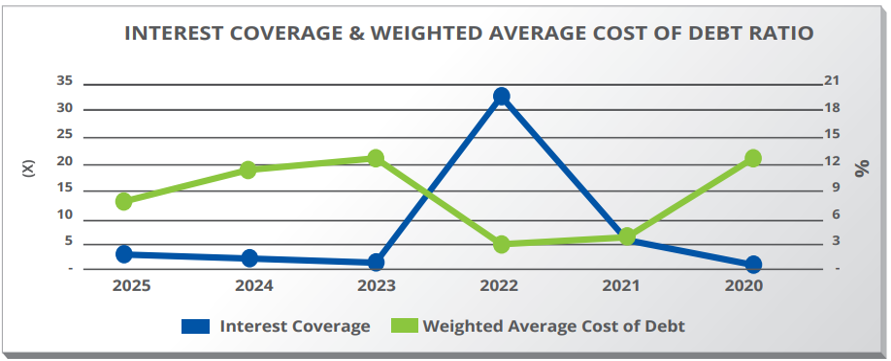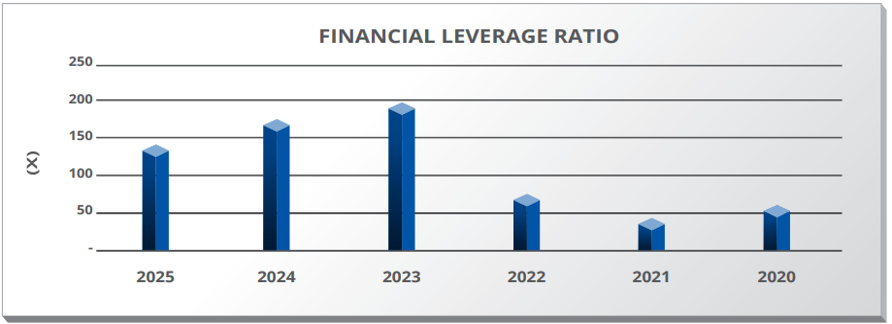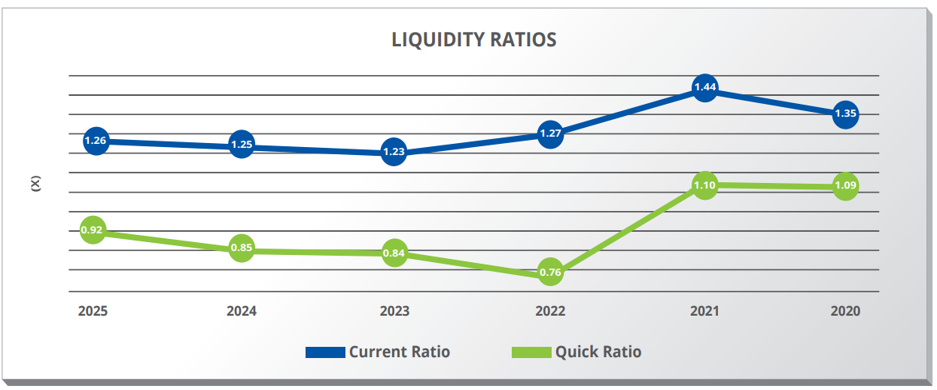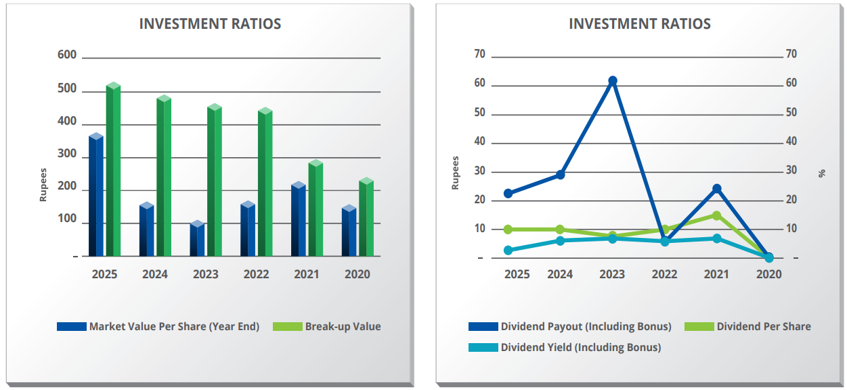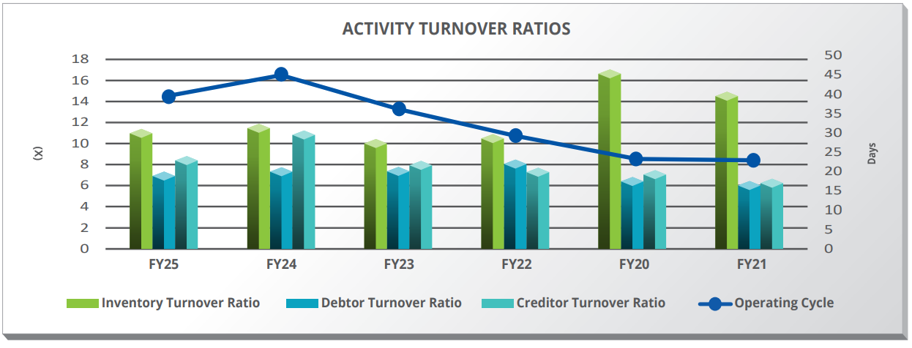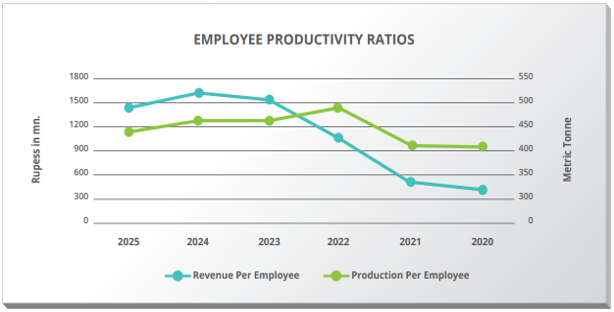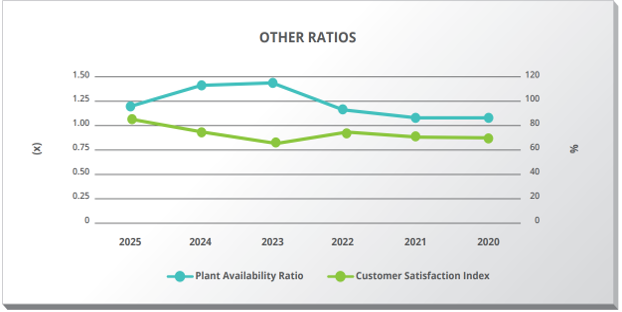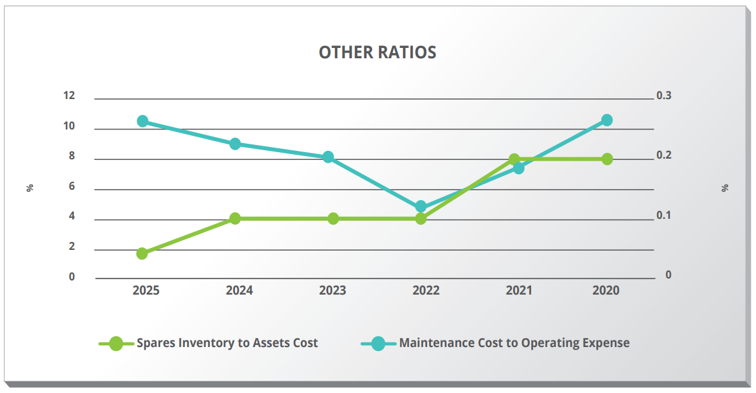- Our Group
- Fuels
- Lubricants
- Overview
- Motorist
- Motorcyclist
- Heavy Vehicle
- Other Lubricants
- Industrial Lubricants and Greases
- Hygrol
- Hygrol AW
- Hygrol Excel AW
- Gearled EP
- Super Gas Engine Oil Plus
- Turbine Oil T
- Low Pour Oil
- Compressor Oil
- Heat Transfer Oil
- Heat Transfer Oil Excel
- Transformer Oil
- Neat Metal Cutting Oil
- Solcut Oil
- Rust Preventive Oil
- Spincot
- Machine Oil
- Texol
- Sugar Mill Oil Plus
- Bearing Compound
- Gear & Wire Rope Compound
- Quenching Oil
- Slideway Oil
- MP Grease
- Alpha Grease
- Alpha EP Grease
- Moly Grease EP
- Synthetic SMO Gold
- Lubricants Manufacturing Terminal
- Lubricant Prices
- Lubricant Finder
- Cards
- Fueling Experience
- Business Partners









